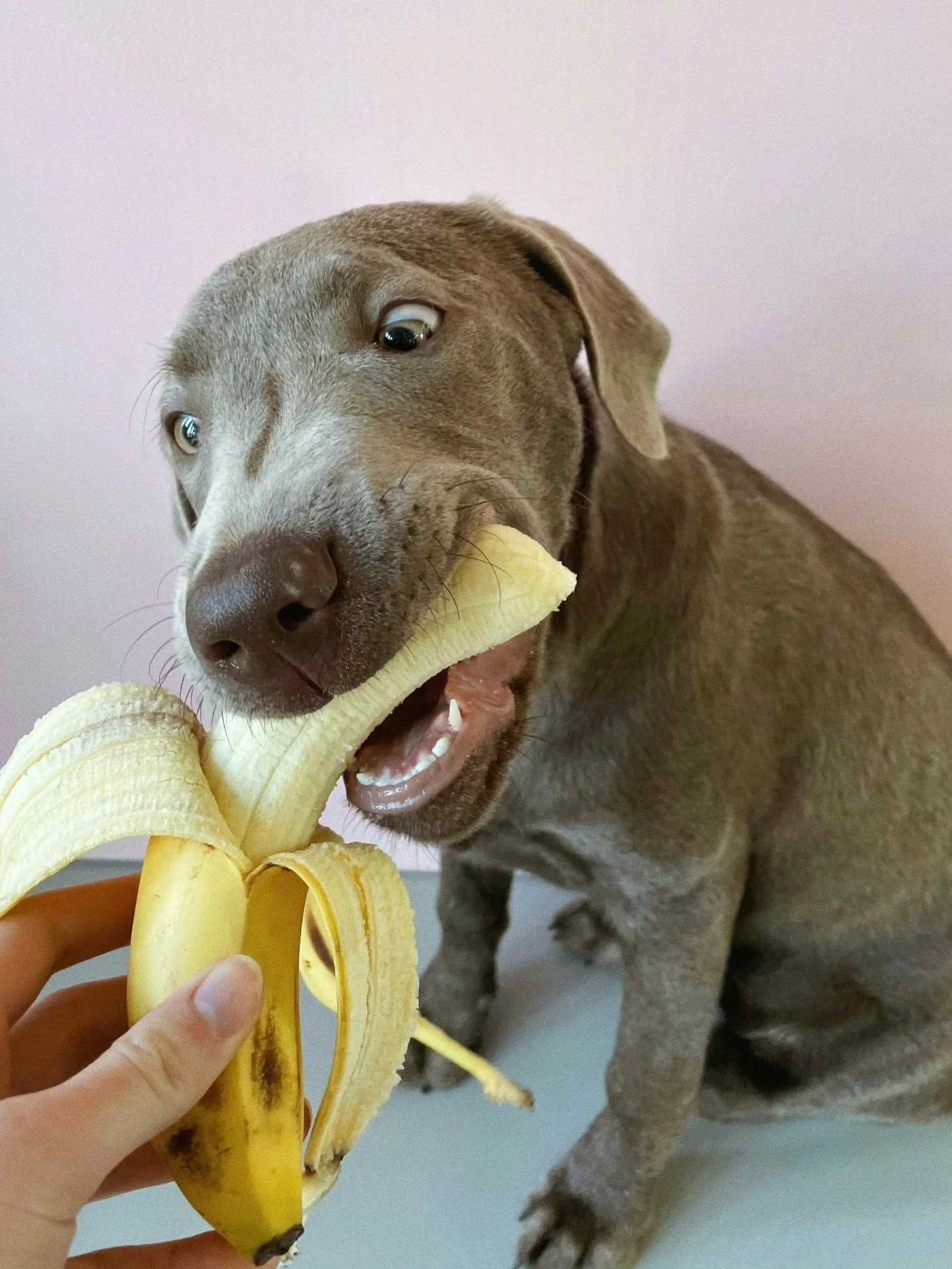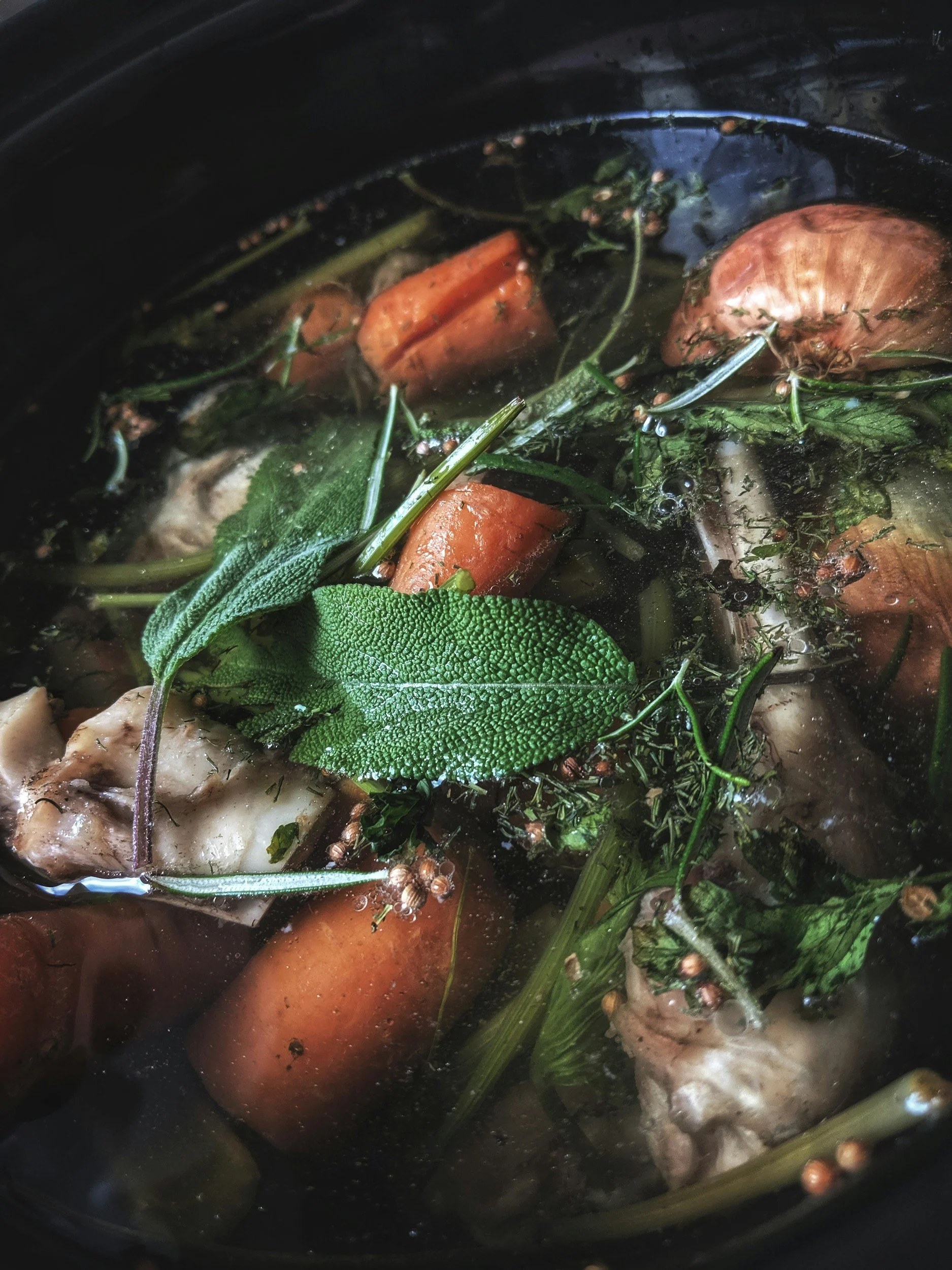
🥕 Canine Nutrition: Fueling a Happy, Healthy Life
Proper nutrition is the cornerstone of your dog’s health, behavior, and longevity. Whether you’re welcoming your first puppy or managing the unique needs of a senior dog, understanding what, when, and how to feed your dog makes all the difference.
This guide will walk you through everything you need to know: feeding during training sessions, balanced diets, reading food labels, feeding schedules, managing picky eaters, and much more.
Why Nutrition Matters in Dog Training
Proper nutrition plays a critical role in a dog’s ability to learn, focus, and regulate behavior. At Journey 4 PawZ, we view nutrition as a support system for training, not a separate topic.
A dog’s diet can influence:
energy levels during training sessions
ability to focus and process new information
emotional regulation and stress tolerance
motivation and food engagement
When nutrition is poorly matched to the dog, training can feel harder than it needs to be—for both the dog and the handler.
Supporting the Dog in Front of You
Just like training, nutrition is not one-size-fits-all. Dogs have different needs based on age, activity level, health history, and lifestyle. Our goal is to help owners understand how feeding choices can support the training process, while always encouraging collaboration with veterinarians for medical guidance..
🧪 Understanding Dog Food Labels
Reading labels can be overwhelming. Here’s how to make it simpler:
Look for:
AAFCO statement (“Complete and balanced” nutrition)
Named animal protein (e.g., “chicken” not “poultry by-product”)
Avoid artificial colors, fillers (like corn or soy), or sugars
*AAFCO provides nutritional standards that help indicate whether a dog food meets basic dietary needs for a specific life stage. These standards are a guideline, not a guarantee for every dog.
🍽️ What Should Dogs Eat?
Dogs are omnivores, meaning they need a balanced diet consisting of:
Proteins – For muscle development and energy (e.g., chicken, fish, beef).
Carbohydrates – For energy and digestion (e.g., rice, oats, sweet potatoes).
Fats – For brain development and healthy skin and coat.
Vitamins & Minerals – For immune system support, bone health, and overall well-being.
Water – Always provide fresh, clean water.
🐾 Tip: Look for dog food with a named protein (like “chicken” or “salmon”) as the first ingredient.
🕒 Feeding Schedule by Age
Here’s a simple feeding breakdown to guide you by life stage:
Age, Frequency, Notes >>
Puppies (8-12 weeks) 4x/day - High-calorie food, easy to digest
Puppies (3-6 months) 3x/day - Start transitioning to regular puppy kibble
Puppies (6-12 months) 2x/day - Watch weight; portion control is key
Adults (1-7 years) 2x/day - Consistent schedule prevents begging and bloat
Seniors (7+ years) 2x/day - Lower calorie, joint-support formulas helpful
🍽️ What Should Dogs Eat?
Dogs are omnivores, meaning they need a balanced diet consisting of:
Proteins – For muscle development and energy (e.g., chicken, fish, beef).
Carbohydrates – For energy and digestion (e.g., rice, oats, sweet potatoes).
Fats – For brain development and healthy skin and coat.
Vitamins & Minerals – For immune system support, bone health, and overall well-being.
Water – Always provide fresh, clean water.
🐾 Tip: Look for dog food with a named protein (like “chicken” or “salmon”) as the first ingredient.
Check out the Enrichment page for food related game ideas!!
🍗 Wet vs. Dry vs. Raw: Pros & Cons
Type, Pros, Cons
Dry Kibble - Convenient, shelf-stable, affordable. Lower moisture content.
Wet Food - Tasty, hydrating, easier for older dogs. Pricier, messy, spoils quickly.
Raw Diet - High protein, closer to ancestral diet. Risk of bacteria, requires research.
Home Cooked - Full control over ingredients. Time-consuming, must be balanced.
In the end, discuss with your vet and an animal nutritionist to help develop a meal plan that suits your dog and lifestyle. Do your research.
🥄 Feeding Tips for First-Time Dog Owners
Stick to a schedule — feed at the same time daily.
Always measure food portions.
Don’t feed from the table — it encourages begging.
Introduce new foods slowly over 7–10 days.
Provide chew toys to help with digestion and dental health.
Avoid overfeeding — obesity is a leading cause of preventable illness in dogs.
🐶 Toxic Foods to Avoid: chocolate, grapes, onions, garlic, alcohol, xylitol, caffeine, bones that splinter (like cooked chicken bones)
📏 Portion Control & Body Condition
The amount your dog needs depends on:
Breed & Size
Activity Level
Age
Spay/Neuter Status
Health Conditions
Body Condition Score (BCS):
Aim for a BCS of 4-5 on a 9-point scale (you should feel, but not see, your dog’s ribs). Ask your vet for a BCS chart.
Fit dog that goes through certain conditioning exercises will have a different appearance. It is not uncommon for dogs in this category to look underweight when in reality they are very fit and covered in muscle. They tend to require more feeding than dogs kept at pet weight.
Feeding Tips for Your Dog
Mealtime can double as a great training opportunity—use your dog's regular food as rewards during training sessions to keep them engaged and motivated.
If your dog is hesitant to eat, try enhancing their meal with a bit of low-sodium broth or a healthy, dog-safe meal topper. Some dogs eat more comfortably in a quiet space, like their crate, especially when left alone for a short period.
Avoid free feeding (leaving food out all day) unless absolutely necessary. Allowing your dog to graze makes it harder to notice if they suddenly lose their appetite due to illness. It can also encourage picky eating, as some dogs will hold out for something tastier.
📋 Sample Daily Feeding Schedule
Morning
Feed breakfast
Short walk or potty break
Provide fresh water
Midday
Training session, use treats or kibble for your dog
Mental stimulation game (like a Kong) or a wind-down game (like Place)
Evening
Feed dinner
Long walk can end with a play session and/or training session
Last water break before bedtime (crated or loose depending on freedom)
*give a potty break again for dogs not potty trained and remove water till AM
🐕 Special Diets
Dogs may need tailored nutrition for:
Allergies (novel protein or limited ingredient diets)
Joint support (glucosamine, omega-3s)
Weight loss (low-calorie, high-fiber diets)
Kidney or liver disease (prescription diets)
Always consult your veterinarian before changing your dog’s diet for medical reasons.
🐾 Nourish the Bond
Feeding your dog isn’t just about calories — it’s about connection, health, and joy. A well-fed dog is a happy, active, and longer-living companion. Take the time to understand their needs, provide high-quality food, and keep a regular routine. The love you give through their bowl will show in their tail wags, training, and overall mental stability.
Explore more on our site! Visit our Health Care page to learn which foods can be safe—and which to avoid—for your beloved dog.











